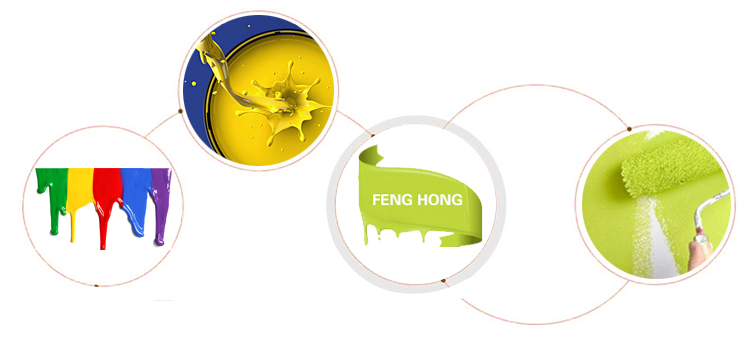
Textile printing and dyeing wastewater has characteristics of large water volume, high content of organic pollutants, high alkalinity, changeable water quality etc, it belongs to one of the intractable industrial wastewater, which contains dye, sizing agent, additives, oil, acid and alkali, fiber impurities, sand material, inorganic salts, etc. Currently the main methods of printing and dyeing wastewater treatment are physicochemical method, biochemical method, chemical method and combining several processing methods, and the pretreatment in wastewater treatment is mainly to improve wastewater quality, remove suspended solids and directly sedimental impurities, adjust effluent water quality and water volume, reduce waste water temperature, etc., thus to improve the overall effect of wastewater treatment, and ensure the stability of the entire process system, so the pretreatment has anis extremely important status in printing and dyeing wastewater treatment.
Currently pretreatment technologies used in printing and dyeing wastewater treatment mainly include: grilling, screen mesh, riffling, regulating water flow and water quality, cooling etc. Different pretreatment methods are taken in accordance with different printing and dyeing wastewater quality, remove part of pollutant to improve the treatment effect of subsequent improved wastewater quality processing unit.